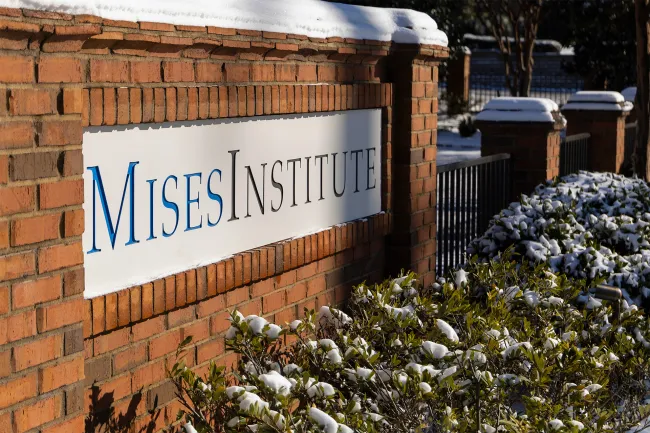Science, Technology, and Government
1. General Principles
The crucial economic question, and one of the most important social questions, is the allocation of resources: where should the various and numerous productive factors: land, labor, or capital, be allocated, and how much of each type to each use?1 This is the “economic problem,” and all social questions must deal with it.
The important question of American science and technology is also a problem of the allocation of resources. Thus: our expanding technology and productivity require a great many scientists, researchers, engineers, etc. It also requires many different types of resources to be invested in research and development. But our economy also requires many, many other goods and services, and many other types of investment, all of which are essential to its smooth functioning. It requires, for example, transportation to move goods, production lines to manufacture them, telephone operators and repairmen to staff our giant communications network. It even requires paper manufacturers and paper distributors—for how can a modern economy—including a scientific research staff operate without paper? These are just some of the infinite number of goods and services that go to make up a functioning economy.
This fact of reality, then, must be faced: if there are to be more scientists, or more scientific research, then there must be less people and less resources available for producing all the other goods and services of the economy. The crucial question, then, is: how much? How many people and how much capital are to be funneled into each of the various occupations, including science and technology?
One of the great, if often unsung, merits of the free enterprise economy is that it alone can insure a smooth, rational distribution and allocation of productive resources. Through the free price systems, consumers signal laborers, capitalists, and businessmen on which occupations are most urgently needed, and the intricate, automatic workings of the price system convey these messages to everyone, thereby creating an efficient, smoothly working economy. There is one and only one alternative to voluntary directions under a free price system: and that is government dictation. And this dictation is not only bad because it violates the tradition of individual freedom and free enterprise on which American greatness is built; it is also bad because it is inevitably inefficient and self-destructive. For while government intervention can and does hamper the economic system in its job of satisfying consumer demand, it cannot force the economy to follow its own demands efficiently. For piecemeal government intervention can only disrupt an economy and defeat its own ends; while overall central planning, by destroying the price system, robs itself of the possibility of rational economic calculation. Lacking a free price system, it cannot ever satisfy the desires of either consumers or its own planners, for it will not be able to allocate the infinite number and types of labor and capital resources with any degree of efficiency.
There are other considerations: we must recognize, for example, that only a free market is compatible with the free choice by every man of his own occupation. A governmentally-run economy must entail government planning of labor as well as of other resources—which means, ultimately, that people must be told what jobs (and where) they can work and at what they cannot. If the free market is prevented from offering its voluntary inducements of higher wages in those occupations and areas that are most needed by the consumers, and thereby from shifting labor peacefully while permitting every man to work at the job he likes best, then government must dictate every man’s type and place of work, and we must all become slaves of the State.
From a moral, political, constitutional, and economic point of view alike, therefore, the Republican Party is committed to the fostering and maintenance of a free economy in a free society. How is the ever-challenging problem of modern science and technology to be met within this framework?

